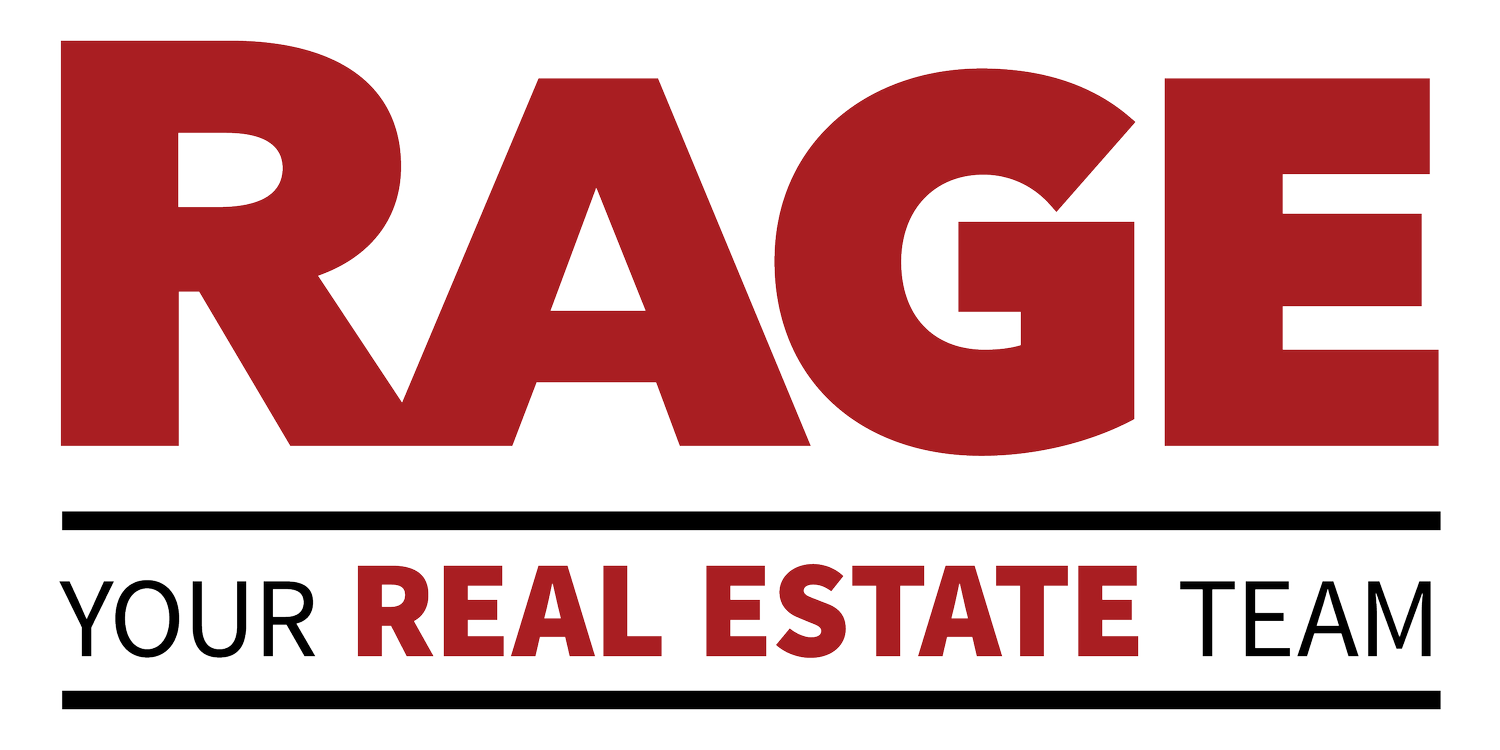How to Buy when Rates are High
This article includes general mortgage concepts. Please speak with a licensed mortgage professional for specific rates and calculations.
Every market creates new “problems” and it’s up to real estate professionals and the lending industry to offer creative and responsible solutions.
Here are the four most common solutions in today’s market.
1. Temporary 2-1 Rate Buy Down
A “Temporary 2-1 buy down” is when the seller pays 2% and then 1% of the interest portion of a buyer’s monthly payment, before the buyer’s rate is returned to the full rate for year three of the mortgage.
For example, this could allow a buyer purchasing a $500,000 house with 10% downpayment at 7.5% interest to have a $2,555 Principal and Interest payment for year one (5.5%), a $2,844 PI payment for year two (6.5%) and then a $3,146 PI payment in year three (at full 7.5%).
This compacted two-year savings might cost the seller $10,000-$11,000 in selling costs, but have the same twenty-four month savings impact for the buyer as a $75,000 price reduction.
This creates a win-win for buyer and seller.
2. Permanent Rate Buy Down
In some cases, a buyer might choose an alternative interest rate “buy down” that’s permanent, instead of the compacted 2-1 temporary buy down.
In this situation, the buyer might apply that same $10,000-$15,000 toward buying down their interest rate for the entire 30 year mortgage.
The monthly savings on this option are less than a 2-1, perhaps $150 instead of the immediate $600 and $300, but when spread out over 30 years, the total savings can amount to $50,000-$60,000.
Another win-win.
3. Down Payment Assistance
Over the past few years of bidding wars and rapid appreciation, the market favored buyers with cash-in-hand to help cover the price of bidding over list price and covering any associated appraisal gap.
(If you offered $700,000 on a home but the lender would only offer a mortgage based on an appraised value of of $650,000, the buyer commonly would agree to pay the remaining $50,000 out of pocket).
For buyers with good income but who otherwise struggled to save money because of high rent prices, the market was a unique challenge.
Now, with buyer demand slowing and fewer than 25% of homes selling for above asking price, there is opportunity for buyers to utilize down payment assistance programs in place of fronting their own cash for downpayment.
(Bonus: when combining down payment assistance with seller credit toward an interest rate buy down, the situation can be extra sweet).
A win-win with a cherry on top.
4. Reduced Sales Price
Sometimes, it just makes sense for a seller to reduce their price. Perhaps the buyer has cash or the lower price is what’s required to attract interested buyers who aren’t compelled by interest rate buy down options.
Either way, in a market when rates are high, sometimes the best option is to just sell the home for less.
When a seller is sitting on a considerable amount of equity (as most sellers are following the pace of Denver’s market over the past several years), the easy sale might be the best sale.
And if it is, we have a win-win.
—
We hope this content serves you well as you seek to be savvy homeowners and make wise financial decisions for your future. If you'd like to chat further or are considering moving in the coming months or year, let's get a meeting scheduled today!
- Josh & The RAGE Team
This material has been prepared for informational purposes only, and is not intended to provide, and should not be relied on for tax, legal, or accounting advice. You should consult your own tax, legal and accounting advisors before engaging in any transaction.


